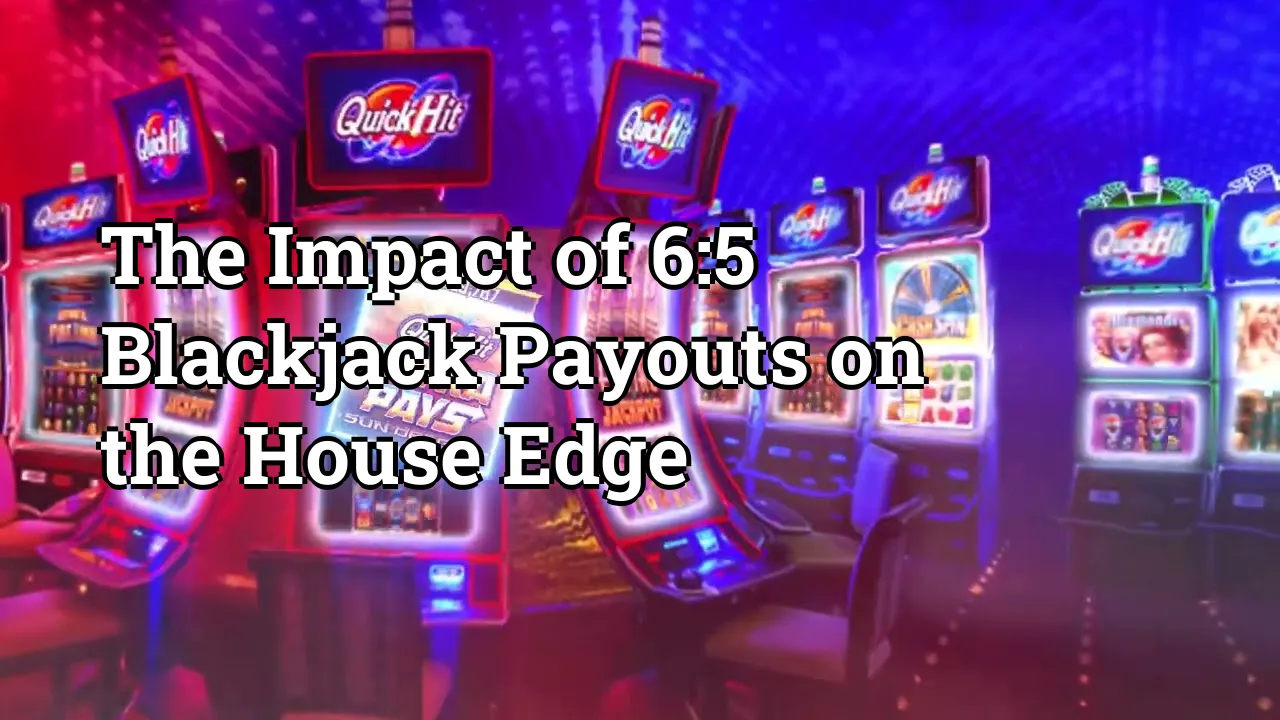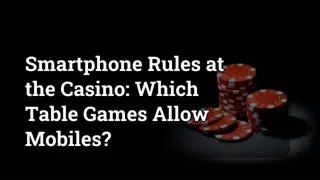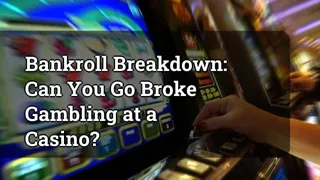The Impact of 6:5 Blackjack Payouts on the House Edge

Blackjack is a popular casino game known for its relatively low house edge, which gives players a reasonable chance of winning. However, the introduction of the 6:5 blackjack payout structure has had a significant impact on the game and has increased the house edge. In this article, we will explore how a 6:5 payout at a blackjack table affects the house edge and why it is less favorable for players.
Understanding the Basics: Blackjack Payouts
Traditionally, blackjack tables have used a 3:2 payout structure, meaning that if a player wins a hand with a blackjack (an Ace and a 10-value card), their bet is paid out at a rate of 3 to 2. For example, if a player bets $10 and wins with a blackjack, they would receive $15 in winnings.
However, in recent years, some casinos have started to offer a 6:5 payout instead. With this structure, if a player wins a hand with a blackjack, their bet is paid out at a rate of 6 to 5. Using the same example as before, if a player bets $10 and wins with a blackjack, they would only receive $12 in winnings.
The Impact on the House Edge
The house edge in blackjack refers to the statistical advantage that the casino has over the players. It is a measure of how much the casino expects to win from each bet over the long run. The lower the house edge, the better the odds are for the player.
When a casino offers a 6:5 payout on blackjack, it significantly increases the house edge. In fact, the house edge can increase by as much as 1.39% when compared to the traditional 3:2 payout structure. This means that players are more likely to lose their bets and have a lower chance of winning.
The reason for this increase in the house edge is quite simple. By reducing the payout on blackjacks, the casino keeps more money for itself. This makes it harder for players to overcome the house edge and increases the casino's overall profits.
Why is a 6:5 Payout Less Favorable for Players?
There are several reasons why a 6:5 payout is less favorable for players:
1. Reduced Winnings: With a 6:5 payout, players receive less money for winning blackjack hands. This reduces their potential winnings and makes it harder to build a substantial bankroll.
2. Higher Risk: The increased house edge associated with a 6:5 payout means that players are at a higher risk of losing their bets. This can lead to quicker losses and shorter playing sessions.
3. Less Incentive to Play: The introduction of a 6:5 payout structure has made blackjack less attractive for many players. The reduced payouts make the game less rewarding, leading some players to choose other casino games with better odds.
Conclusion
The introduction of the 6:5 blackjack payout structure has had a significant impact on the house edge of the game. By reducing the payout on blackjack hands, casinos increase their profits and make it harder for players to win. This has made the game less appealing for many players and has led to a decline in its popularity. When playing blackjack, it is essential to be aware of the payout structure and choose tables that offer the more favorable 3:2 payout to maximize your chances of winning.











